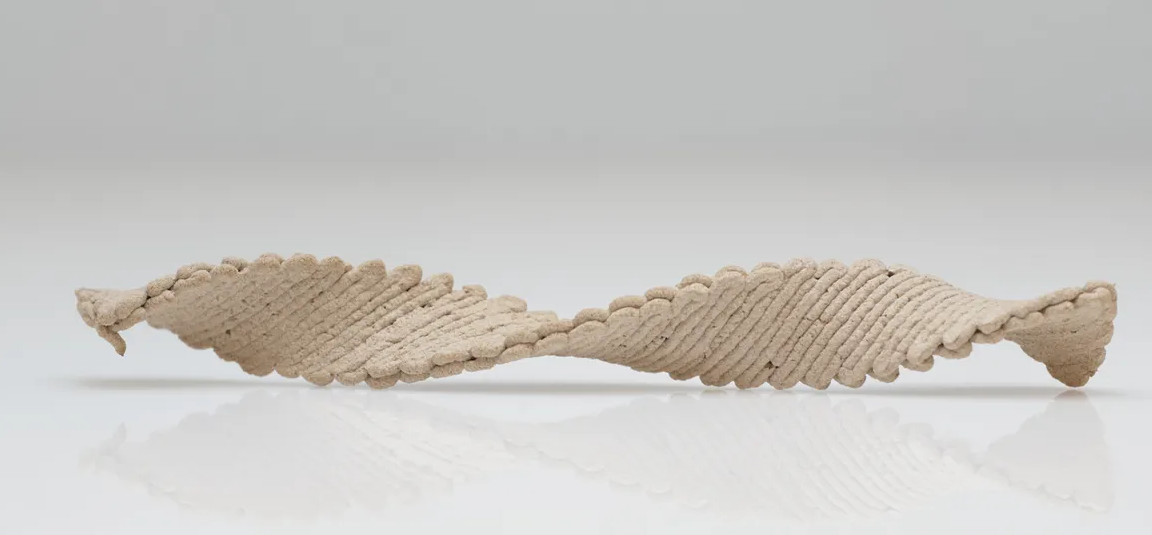3D printing boasts some significant environmentally friendly attributes. From lower waste to on-the-spot manufacturing, 3D printing reduces overall energy waste and has a smaller carbon footprint.
Currently, raw materials such as metal, graphite, and carbon fiber are commonly used for 3D printing.
Now, researchers at the Hebrew University of Jerusalem have developed a novel wood-based paste that can be used to 3D-print wooden furniture.
Made from a mixture of wood flour and plant extracts, this wood-based paste dries up and warps into the design set in advance after being 3D-printed.
The researchers learned to program the print speed and pathway to achieve a variety of pre-designed shapes
Although the researchers had developed this technology a few years ago, they recently discovered that the way the ink is laid down, they could time how the moisture content evaporates from the printed piece allowing it to form complex objects.
The team also found that the ultimate shape of the object can also be controlled by adjusting print speed. For instance, whether rectangles twist into a helix that spirals clockwise or counterclockwise.
In the future, this technique could be used to ship flat wooden products to a destination and then dried to form the desired final shape.






